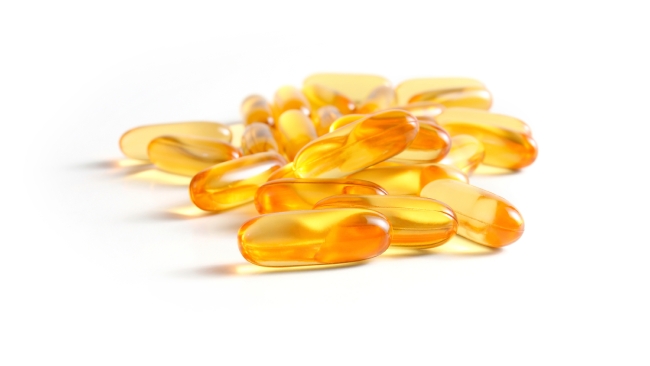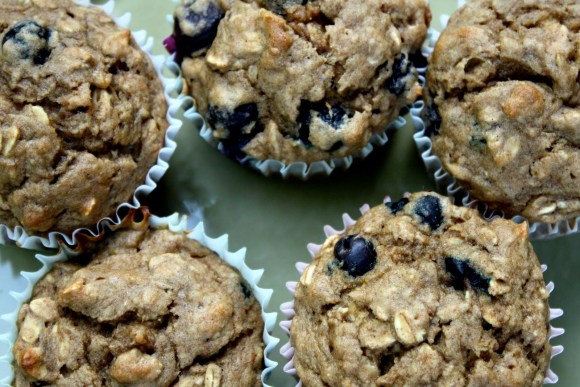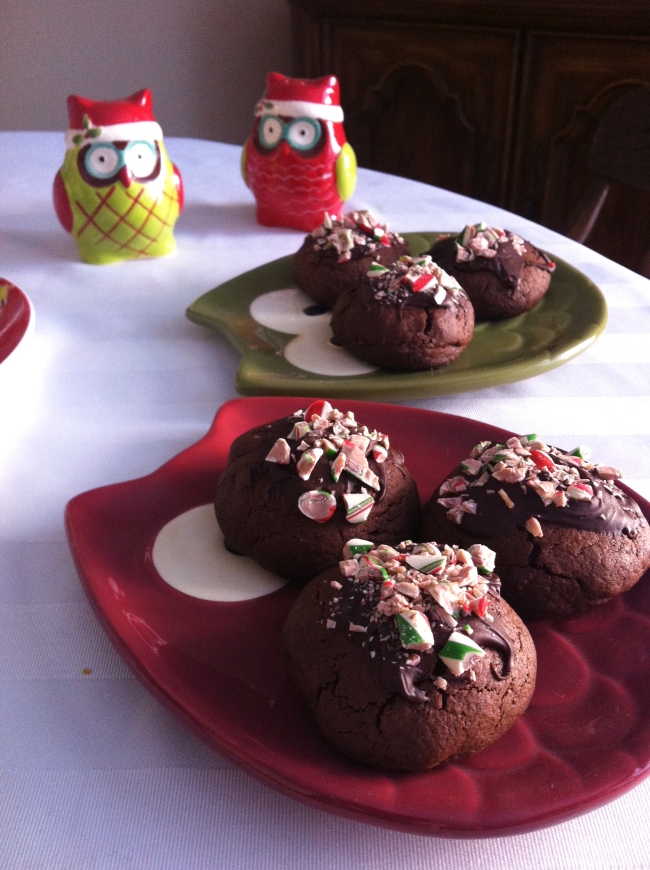I regularly listen to Yuri Elkaim’s Super Nutrition Academy podcast. I love listening to podcasts while I’m preparing a meal, cleaning the house, or traveling in the car. Yuri regularly interviews guests in the field of nutrition for insightful discussion and debate of current scientific research. A few months ago, he discussed the link between caffeine and adrenal gland fatigue. Proponents of adrenal gland fatigue believe that it occurs when your adrenal glands become tired and stop functioning properly, thereby not producing adequate amounts of hormones.
When we drink caffeine, the drug causes uncontrolled neuron firing in the brain. The excess neuron activity triggers our pituitary gland to secrete a hormone that tells our adrenal glands to pump out adrenaline. As you well know, that extra kick of energy we get from the surge of adrenaline wears off after a few hours and we need to get another fix. The theory is that after several months of putting our bodies through this cycle every day, it can wear out our adrenal glands.
Currently, adrenal gland fatigue is debated within the medical community. And, there has been no large research done on the topic. I am highly skeptical of anything that hasn’t been properly researched, but Yuri made some very interesting points that really resonated with me (you can read more about it here.)
I drink one or two caffeinated beverages every day. We own a Keurig brewer at home. One of the very first things I do in the morning is fill it with water, and turn it on. I depend on my morning coffee to make me feel alert and awake. And, most afternoons, I have a latte to get me through the second half of the work day. Lately, I have been paying more attention to my mental well-being; I’m looking for clues to what prompts occasional anxiety and stress in my day-to-day life. I’m beginning to notice that on the days when I have a second coffee, I feel increased anxiety and think less clearly.
This isn’t one of the symptoms of adrenal gland fatigue (which include sleepiness, muscle aches, salt-cravings, hair loss, and sleep disturbances). But, I think Yuri’s discussion really forced me to re-evaluate my dependence on caffeine, as a drug. And, any potential side-effects from using it daily.
I’ve decided to eliminate caffeine for two weeks to see if I feel any different. During this short experiment, I am hoping to see increased energy, improved focus, and less stress, overall.
The Night Before: I did a quick Google search to see which items (other than coffee) I’ll have to eliminate for the next two weeks: no more tea, cola, chocolate, or yerba mate. I also did a 20 minute yoga session to stretch before heading to bed early – I”ll need some extra ZZZs to get me through tomorrow.
Day 1 Caffeine Detox: I got up early, ate breakfast, then promptly went back to bed – ha! Definitely feeling sluggish, and slow-to-start today. During the day, I felt in good spirits, but with a mild headache. Actually, I felt achy all-over. After work, I was totally exhausted.
Day 2 Caffeine Detox: I feel better this morning. I slept well; I feel rested. The headache didn’t kick in until the afternoon. The muscle aches have somewhat subsided, but I need an afternoon nap to regroup. Mentally, I feel more calm and absolutely no anxiety.
Day 5 Caffeine Detox: I feel great -no more head or body aches. Though, it’s a little harder to get through my runs this week. I guess I was depending on caffeine to give me that extra push when I workout. I’m drinking ice-cold lemon water throughout the day to help deal with cravings and hydrate my body.
Day 7 Caffeine Detox: Still feeling good. It’s November in Canada, and as such, I’m craving hot beverages. I find a an extra hot, caffeine-free herbal tea really hits the spot. I’m also doing some mindfulness exercises.
Day 10 Caffeine Detox: It’s sort of cliche, but I would describe my current state-of-mind as “zen”. I feel calm and better prepared to deal with stressful situations. I take the time to think things through more carefully and I even walk at a slower pace.
Day 14 Caffeine Detox: I need less sleep lately. I’m consistently waking up earlier and feeling more rested than usual.
This experiment was positive for me. Though, I’m glad that it’s over. I won’t go back to drinking caffeinated coffee daily, but I will occasionally indulge in green tea. It contains less caffeine, but lots of antioxidants.











